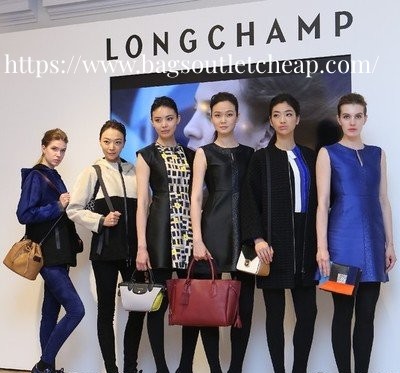Over the years, the lines between art, architecture have become increasingly blurred at Longchamp New York Store. As consumption remains a major theme in art theory, practice, and architecture. Art displays continue to permeate public and commercial spaces, while retailers employ the most avant-garde designers. A store not only showcases products, but also the latest design trends. Nowhere is this more evident than in SoHo, New York. Frank Gehry was hired to design the Issey Miyake store. The former SoHo site was transformed into an imposing Prada Epicentre. More recently, London-based designer Thomas Heatherwick designed a new store for the French brand Longchamp outlet. His own aesthetic one of the many styles in the mix.
Site selection process
Downtown New York’s position as a fashion heartland is increasingly being overtaken by SoHo. The latter’s architectural appeal lies in its converted warehouses. A mix of steel structures and large windows, which are ideal for opening stores. While the overriding aesthetic of the past 20 years has been for lofts to be as small as possible. Hirschwick has introduced a sexier interpretation: wavy, soft windows, waves, curtains. And curves that frame a purely theatrical interior with an original and ornate charm.
The store is surrounded by a majestic opera house-style staircase, which best reflects its French chic. The stairs are like ribbons, flicking upward and forming ribbons again on the next step, creating a wave that draws you to the top, like a surfer on the crest of a wave. The rich, milk chocolate rubber flooring creates a soft, leathery feel, but even more surprising is the glass railing. Using the same aerospace technology used in the development of airplane windshields, this balustrade can be dented or creased.
Store decoration
The interior of the store is extremely soft. And this feeling continues upstairs, where strips of plywood slats peeled from the ceiling form shelves and booths, while rotating mirrored railings on the windows make the building sparkle. It is an extremely graceful and fluid space – no doubt inspired. At least in part, by the spectacular skateboard ramp in the interior of the Prada store, which also has a baroque, dynamic style. It’s a style that might also be seen in Frank Gehry’s Chelsea Piers project, currently under construction. And in British architect Zaha Hadid’s just-opened exhibition in the Guggenheim’s off-center section.
At the same time, the wavy, dynamic style, an identifiable element of the zeitgeist, also proved to be a central part of Hirschwick’s increasingly personal work. He made his name with a series of works that combine sculpture, design, and quirky British creations, such as the lovely retractable footbridge (which forms an octagon on its own) in the Paddington Basin area, and the 170-foot-tall, pointy B of the Bang, Britain’s tallest sculpture. In addition, he has designed a number of smaller products, including Longchamp New York Store – one particular bag, with a long spiral zipper, inspired the interior design of the Longchamp SoHo store.
In summary
The cleverness of the design scheme is that, given that cheap Longchamp owns only a small portion of the ground floor of the building, it occupies the entire upper level. Therefore, the store design needed to “entice” customers to visit the upper floors, but not the obvious stairway trick. By using a layering approach similar to that of geological strata. Hirschwick creates a hillside effect, and the interior design culminates in a delightful ascent. While this may not be as extreme as the radical rethinking of a Prada store. It is still a subtle and elegant solution to a spatial problem. In general, the interiors of fashion retail stores tend to stand the test of time better than the products they sell. The interior design of this store is a delightful construction that should not go out of style for quite some time.
